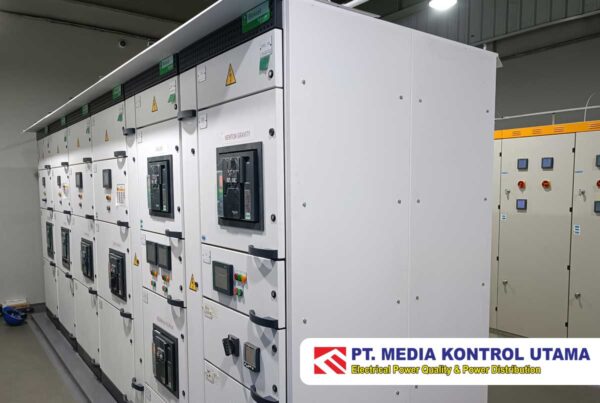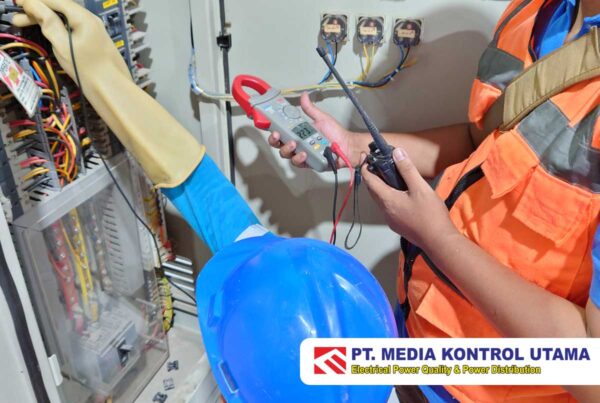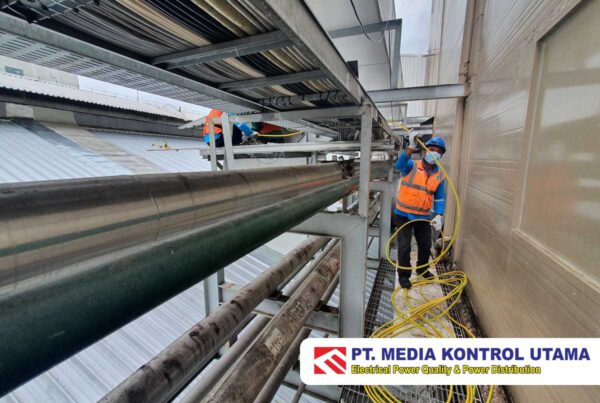Solar Power – When we hear the term “solar cell,” we immediately think of devices that generate energy from sunlight. 🌞 Pure, clean, and even FREE energy! A solar cell system typically includes a battery, inverter, solar charger, lamp post (if you’re using it for street lighting), cables, and more.
However, did you know that the cost of a complete solar cell set is quite high? According to Detik.com, in 2017, the price for a household solar cell set with a capacity of 1-2 kWp was around 15 million Rupiah (about $1,050 USD) .
So, why is solar power investment so expensive in Indonesia?
We’ve identified three main factors, and this article will answer your questions.
1. High Production Costs and Equipment
Creating solar cells requires advanced equipment and expensive raw materials, such as high-quality silicon for solar panels and lithium batteries for energy storage.
As of now, Indonesia imports most of its solar cell components from various countries. This reliance on imports keeps the prices high compared to countries like China, which produces its own solar cells domestically, making them more affordable for its citizens.
The production costs of solar cells are still quite high. Companies need substantial capital to market these solar cells, and they need to ensure there’s a market for them. How do they do this? Keep reading to find out.
2. Low Electricity Prices from PLN:
The cost of electricity from PLN (the state-owned electricity company) is still below 2,000 Rupiah per kWh. This low cost means the payback period for solar investments seems long and the initial investment appears expensive. It’s a simple case of supply and demand: if PLN’s electricity prices increase above the cost of solar cells, then switching to solar would become more appealing and financially sensible.
3. Purchasing Power and Economic Perspective:
From an economist’s perspective, the purchasing power of the average Indonesian household plays a significant role. In a country where the average income is relatively low, making a significant upfront investment in solar technology can be a financial burden for many families. Although solar energy can lead to long-term savings, the high initial costs can be a major deterrent.
Additionally, government subsidies and incentives for renewable energy are still limited in Indonesia compared to other countries. In nations where solar investments are heavily subsidized, the cost burden on consumers is reduced, making it more accessible. Without substantial financial support or incentives from the government, the adoption rate of solar power in Indonesia remains slow.
Of course, this is the short answer. The full story involves several factors contributing to the cost of solar panels. (We will cover these in more detail in our next article.)
Thank you for reading! 👋
Contact Us
For expert consultation and repair services for your electrical needs, reach out to PT Media Kontrol Utama. Our experienced professionals are ready to help you maintain the reliability and safety of your electrical distribution system.
References :
- Detik.com, “Harga Set Solar Cell Rumah Tangga”, https://finance.detik.com/energi/d-3645200/pasang-panel-surya-di-atap-rp-15-juta-7-tahun-bisa-balik-modal.
- Solar Power World. “China’s Solar Manufacturing”, https://www.solarpowerworldonline.com/2023/11/despite-solar-investments-in-us-and-india-china-still-controls-80-of-global-manufacturing-capacity/.
- PLN (Perusahaan Listrik Negara). “Electricity Pricing”
- World Bank. “Renewable Energy Subsidies”
- International Energy Agency (IEA). “Global Renewable Energy Policies”



